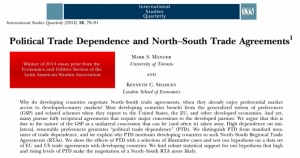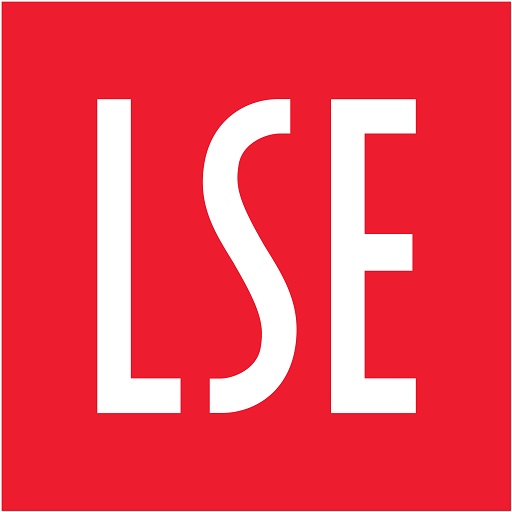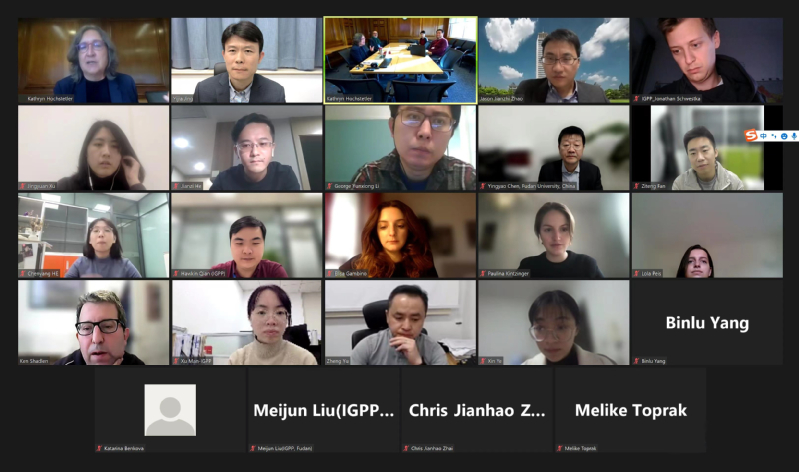
Kenneth C. Shadlen and Bhaven N. Sampat, ‘Drug patenting in India: Looking back and looking forward’, Nature Reviews Drug Discovery, 14: 519-520. DOI: 10.1038/nrd4681

This open-access article is one of a series of papers Bhaven Sampat and I are writing as part of our ESRC-funded research on pharmaceutical patenting in the developing world.
In this paper we sought to contrast two different explanations for patterns of patenting in India. The details are in the article, but thinking about it broadly one can think, on the one hand, about the day-to-day functioning of the country’s patent system, as driven by India’s patent law and the behavior and practices of officials in the patent office.
One can also think, on the other hand, about transitional decisions made 20 years ago as India was accepting its new global obligation as a member of the World Trade Organization (WTO) to grant pharmaceutical patents.
Both of these sets of factors affect current patterns of patenting, but they are different in all sorts of important ways. How the patent office functions on a day to day basis can be altered with legal and administrative changes (hence the considerable pressures on the Indian government to revise the patent law).
The decisions made in the 1990s, in contrast, cannot undone and be re-made now, but their effects will diminish over time.
In the paper we undertake a straightforward empirical exercise to draw attention to the importance of the transitional decisions made in the 1990s. We underscore why the effects of these decisions will diminish as the 1990s recede further and further into the past, and we discuss how the relationship between these two sets of issues is likely to change over time.
Thankfully Nature Reviews Drug Discovery has made the full text of the article and the supplementary information freely available.
Related Posts
   |





